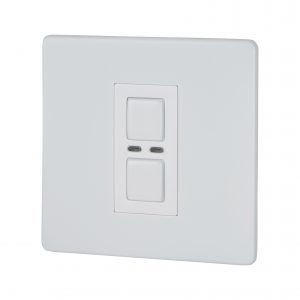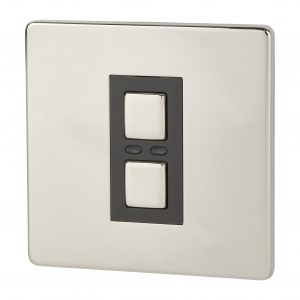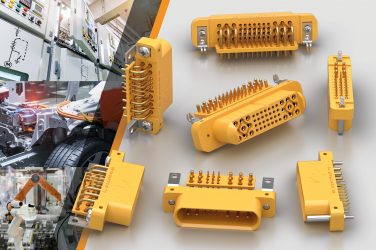Specialist trade supplier ElectricalDirect explores some of the technologies available in the smart lighting control revolution.
Britain’s shift towards ‘Smart Homes’ is growing at a promising rate and there has never been a better time to evolve your skill set to include these new technologies, starting with smart lighting.
Currently, the industry is worth just under £1 billion a year, and the projections for the industry reflect a growing demand that is set to continue.
Being a new technology, the trade’s knowledge around the products tends to be rather thin, with only 1,250 Smart Home technology installers estimated to be in the UK for what is forecast to be a £120 billion industry by 20201.
 Smart lighting incorporates different technologies so that both indoor and outdoor lights work automatically. Each system has different features, so it is just as important to investigate the mobile apps that control the systems as well as the hardware of the light switches.
Smart lighting incorporates different technologies so that both indoor and outdoor lights work automatically. Each system has different features, so it is just as important to investigate the mobile apps that control the systems as well as the hardware of the light switches.
Some of the most popular features of these systems include functions to programme lighting plans, turn lights on and off when out of the home, set a geographical distance to automatically turn lights on and off, and for lights to automatically switch on and off when a Wi-Fi connection in the home is enabled and disconnected.
Online retailer, ElectricalDirect, offers a range of smart light switches covering all of these features, but with so many to decide on, focusing on what the customer actually wants from their system is the most important place to start.
With a large number of these products available in the market it is advised to pick one that you trust, and become an expert in it. Trusted professional brands such as MiHome from Energenie and LightwaveRF offer a range of smart light switches with a reliable mix of modern technology and design, and are available in a variety of options to suit any home or commercial building.
One of the main challenges for tradesmen is that it is very difficult to make a standard on/off switch that can be controlled by wireless communication in the UK. This issue will be a lot more prevalent in pre-established lighting systems because of the lack of a neutral wire at the switch location, however new-builds tend to incorporate a neutral wire as standard.
Whereas a normal switch interrupts the live wire to cut the power, a wireless smart switch needs a tiny constant current to power its radio communication module. This causes an issue for smart switches; it is as if the live wire is cut without a neutral wire to create a separate circuit, power is lost and the switch loses communication. A dimmer avoids this issue because it always has a tiny amount of current required to power the module.

LightwaveRF offers a slightly different approach for non-dimmable solutions by using a relay and wire-free switch. A relay needs to be installed into a lighting circuit wherever there is access to the live and neutral wires. They are designed to fit into small spaces like ceiling voids, so installation is easy, and allows the wireless switch to be used in conjunction with the LightwaveRF 2-way slave dimmer switch.
The fully remote controllable switch enables the user to turn several lights on and off at the same time, and set automatic light programmes. The product is specifically designed to work with the LightwaveRF dimmer switch and link router through the mobile app.
Non-dimmable and dimmable products in single and two-way switches are available in most brands, with some also offering a scene lighting option in their range, which is typically used in commercial buildings such as hotel lobbies and restaurants.
The LightwaveRF mood lighting controller is the perfect wire-free product for this. It allows the grouping of an unlimited number of LightwaveRF fixtures and lamps to be controlled from one switch. To change the mood, users can select from pre-set lighting scenes or save their own at the touch of a button.
Other systems, such as MiHome from Energenie, offer the option to add smart appliances once the main hub is installed, giving more flexibility for additions. The Motion Sensor is used with the MiHome gateway and a mobile app to automatically turn lights on when movement is detected, or off after a period of no movement using the 360 degree sensor.
 The app can also be set to send instant notifications when unauthorised motion is detected, to provide an extra level of security for customers.
The app can also be set to send instant notifications when unauthorised motion is detected, to provide an extra level of security for customers.
With so many options available in this expanding market, there has never been a better time to become an early adopter of smart lighting and add it to your range of electrical services.







